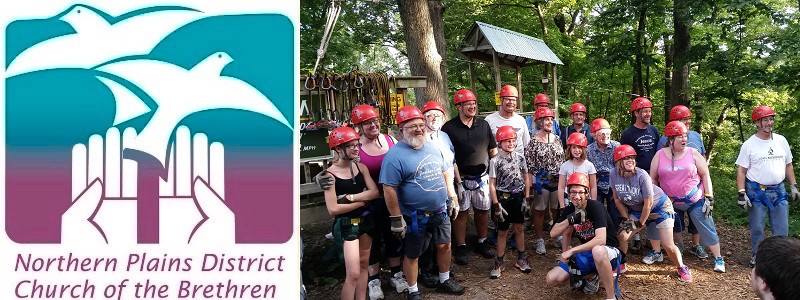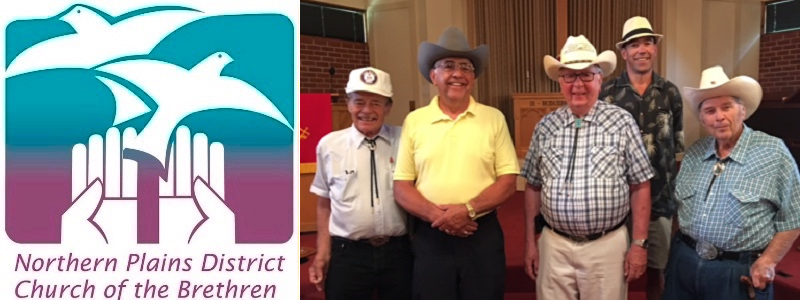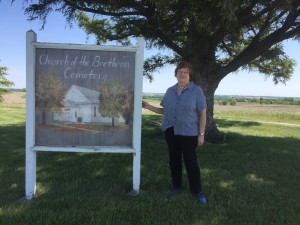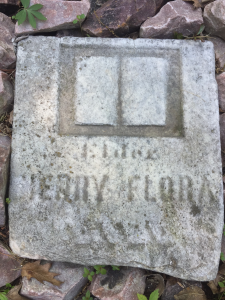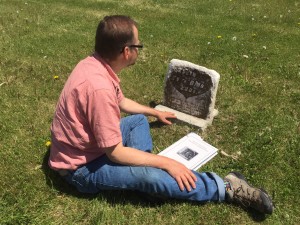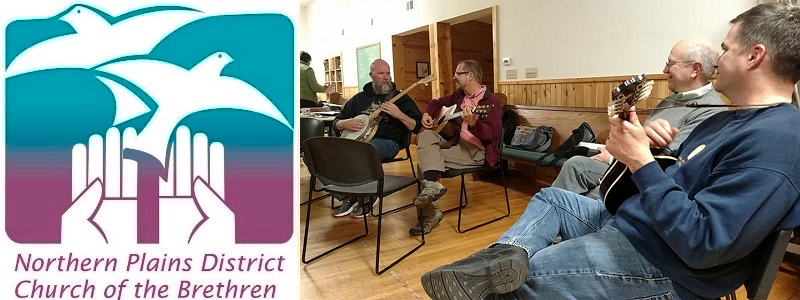District News & Announcements – August 2016
District News & Announcements
August 2016
“District News and Announcements” is a monthly e-newsletter for members and friends of the Church of the Brethren in the Northern Plains District. District Leaders, Commissions, Committees, and those doing special ministries share information on programs and activities. Local churches share news and invitations. Send submissions by August 25th for inclusion in next month’s newsletter to Hannah Button-Harrison, Interim Director of Communications, communications@nplains.org.
In this issue
- Camp Pine Lake Special Event
- Message from the Moderator
- Access District Conference Resources on our Website
- District Conference Auction: Correction
- District Conference Announcements
- Announcing the 150th Anniversary Fundraiser!
- Invitation to Final Service of Robins CoB
- Holiness in our Midst
- Position Available: Camp Eder Executive Director
- Did You Know: District Conference 1865-2015
- Peace Day 2016: How Are You Called to Build Peace?
- “Needs of Our Neighbors” Oct. 7-9 Workshop at Camp Pine Lake
Calendar of Events | District Staff & Leadership Contacts | Documents & Resources
Banner photo: Members of the Panther Creek Church of the Brethren go zip-lining at their retreat last weekend. Send in your photos for future newsletters! Emailcommunications@nplains.org.

